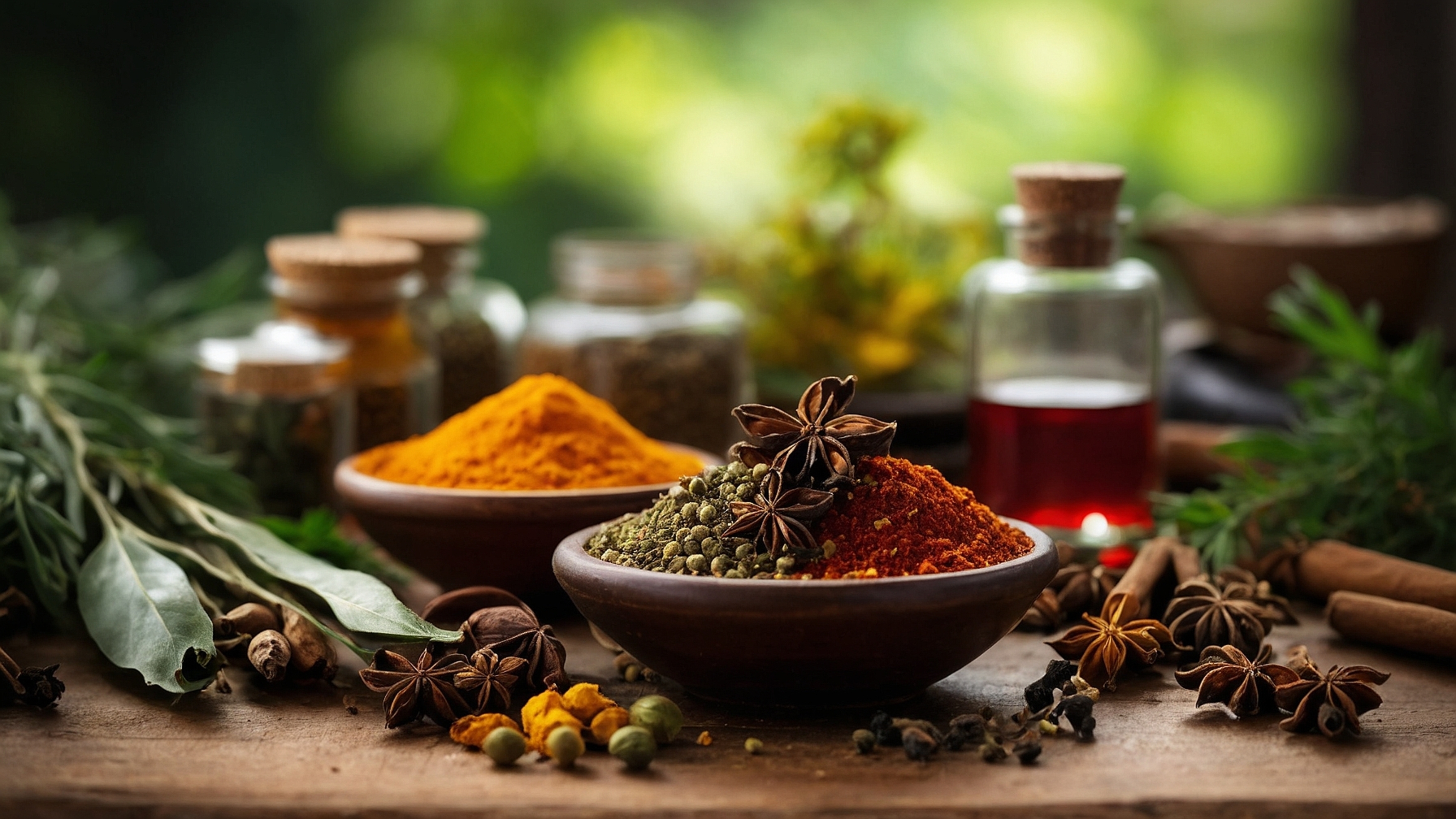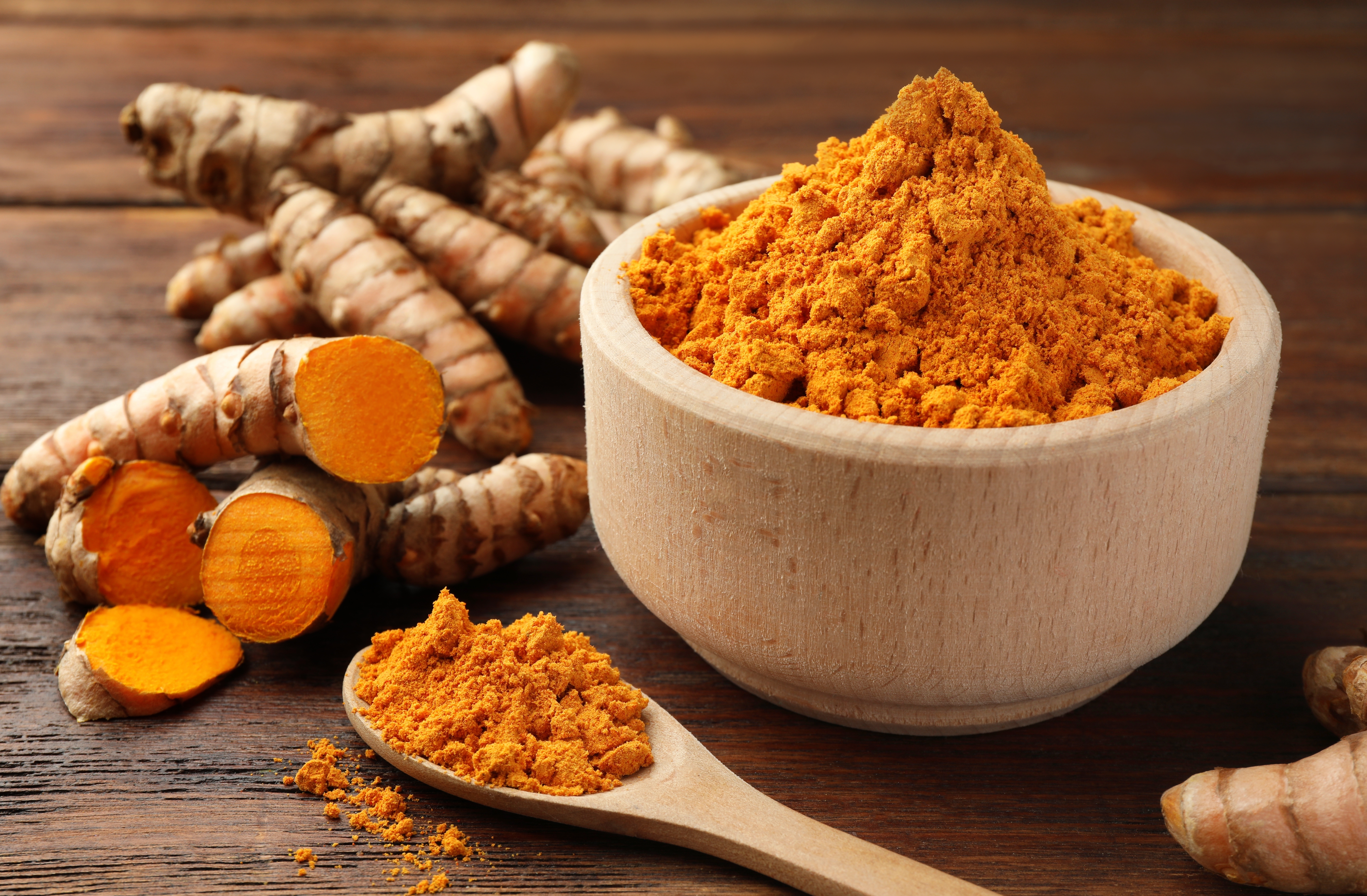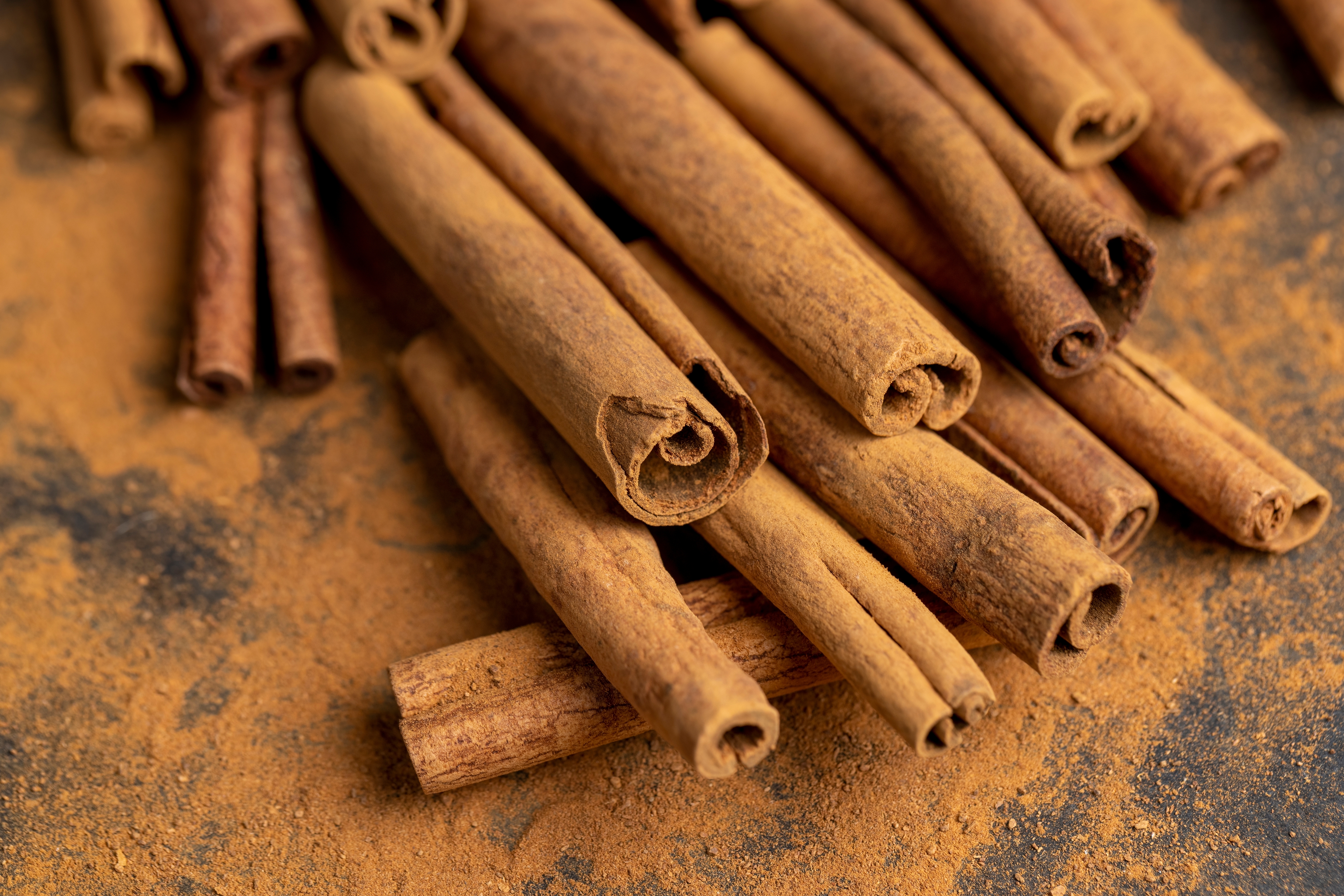Free digital copy
Get Speciality Food magazine delivered to your inbox FREE
Get your free copy
Spices are the unsung heroes of the kitchen. In an instant they can transport our senses to another time and place. A mere sprinkle or twist can elevate dinner to new heights. And according to some studies and scientists, their reported health benefits mean they count towards the newly coveted ‘30 plants a day’ movement.
The only thing is, say experts, the difference between the good, the bad and the ugly is vast and complicated. The average shopper has no awareness of the curcumin levels in their turmeric, how long their ground coriander has been stored in a warehouse, or how spices from different regions and countries, when bought from a single origin, can have utterly, extraordinarily diverse flavour profiles.
This is where speciality retail comes in. It’s time, say small scale producers, for independent businesses to expand their ranges (and their expertise) in the spice category, and to put as much care and attention to detail into sourcing better quality, just in the same way they’d consider their ranges of, say, pasta, sauces, cheeses and chocolate.
The pay off, for those who invest more thoughtfully, could prove fruitful, say analysts, whose data shows an upwards trend globally for spices.
Statista reports a projected category growth of 2.99% between 2025 and 2029, with Credence Research and Mordor Intelligence both supporting this figure.

Credence Research says interest in spices is being driven by a demand for diverse and exotic flavours, experimentation, and a shift towards natural, whole foods, and cooking from scratch.
“The shift is evident in the growing popularity of international dishes such as Indian, Thai, Mexican and Middle Eastern cuisines, which rely heavily on the use of spices to create their distinct flavours,” the group’s report on spices said.
Health, wellbeing and sustainability continue to have sway with shoppers in the spice aisle too, it adds, pointing to ginger, turmeric and cinnamon as being important to some consumers for their alleged anti-inflammatory and antioxidant properties and to The Ethical Markets Report of 2023. This showed, despite difficult economic conditions, environmental impact was one big reason behind purchasing decisions. The report adds that spice market is responding by putting greater emphasis on sourcing and ethical practices in their marketing campaigns.
Mordor Intelligence’s study of the Global Seasonings and Spices Market 2024-2029 backs up Credence’s research, showing demand for spices is on the rise, especially in Europe, where imports have increased, and where herbs and spices associated with wellness are “poised to retain their dominance in the coming years”. It also lists ginger and cinnamon as the spices to watch in the health arena, alongside whole peppercorns, cloves and curcuma (in the same family as turmeric).
The Mordor Intelligence report similarly tracks the organic spices segment as steadily growing, saying they are beginning to outpace conventional spice products. “High-demand items like chillies, garlic and ginger are increasingly sort after in their organic form,” it says. “Exporters from developing nations are seizing opportunities, driven by rising demand for sustainably produced spices, interest in new origins, and heightened awareness of spices’ health benefits and their roles in global cuisines.”
Matt Webster, of Seasoned Pioneers, says a great reason to pay attention to your spice selection is obvious – speciality retail is destination shopping for consumers, who expect to find products outside of the realm of the supermarket. Set out your stall and dare to be different. “To be successful now, you really have to stand out and turn your shop into an experience. That means giving customers a reason to keep coming back for more. While they can find cayenne pepper and basil in just about any chain store up and down the country, it’s your responsibility to provide them with a ‘special something’ that’s memorable and unique.”
Matt says independents can’t compete with supermarkets on a similar level because they tend to stock cheaper spices. “Going niche is your advantage!”
Prerna Baruah, who launched Food of Gods in 2023, says showing you are ethically minded and considerate of your customers’ health by purchasing higher quality spices is the right direction of travel for artisan stores. The role of spices in our wellbeing, Prerna says, continues to excite shoppers, and is one of the reasons she set up her business, having visited spice farms during her travels across the world.
“I realised that the widescale adulteration in this category is absolutely unmissable. As a consumer myself, I was sick and tired of the kind of spices sold everywhere. The category still heavily relies on old and dusty spices on supermarket shelves. I really wanted to focus on varieties that are truly nutrient dense and potent, from small scale, multi-generational farmers who work in a way that is 100% pesticide free, verified by our lab tests.”
Few people, Prera says, understand the beauty of single estate spices and that it’s down to brands like hers to show others the way, then in turn for retailers, once they have the knowledge, to explain to customers how these products will make a difference to their cooking.

She takes turmeric and cinnamon – kitchen staples – as examples.
“There are many varieties of turmeric, and what we found is they could be mixed from different regions or countries. But turmeric is very particular to where it’s grown. I source from the Northeastern part of India and mine has some of the highest levels of the active ingredient curcumin in it – around 9.8% in each yield. It’s also very fresh because I get it immediately after it’s harvested.”
Food of Gods’ award-winning cinnamon is another example of the difference better spices can make, with Prerna saying a lot of what is labelled as cinnamon is actually cassia. “And that’s another species altogether. True cinnamon is only native to Sri Lanka. Importantly, cassia contains coumarin, which can be toxic to the liver in large quantities. True cinnamon has almost negligible levels, and has been used for its health benefits since ancient times. It’s warmer and sweeter, whereas cassia is stronger and spicier.”
As his own year-on-year rising sales over more than a decade show, there’s a clear demand for spices and spice blends, says Sanjay Aggarwal, founder of Spice Kitchen.
It’s because “without stating the obvious, spice is flavour” he says.
“Spices allow you to take relatively simple, humble ingredients, be that vegetables, pulses or meats, and turn them into something really tasty and delicious.”
Blends, especially, thinks Sanjay, are a nice trick for retailers to have up their sleeves when it comes to encouraging and inspiring customers, acting as “flavour bombs” in the cupboard. “You can create so many dishes and cover so many bases. Add harissa spice to eggs in the morning. Instead of roasting veg with just salt and pepper, put in some garam masala and a bit of honey. We’re way more adventurous than we used to be, and more people are working from home, cooking at home, and want to create healthy, homemade food.”
Matt says you should, “avoid ‘prepacked as imported’ items. Source from reputable manufacturers who have checked the certificates of analysis, ensuring materials are fully tested, unadulterated and UK compliant.”
He also suggests researching brands thoroughly online and checking out their organic customer reviews, looking at quality over quantity.
Knowing ‘what’s good’ really does present a challenge in the spice world, Sanjay adds, noting that retailers can’t know if something’s worth investing in without first tasting it themselves and being able to advocate for it.
Make sure, then, that you ask for samples, and also that you pose questions to your supplier. “We, for example, can vouch for what we do because we source high quality raw spices and we chase the quality around different suppliers as we know that the slightest change can affect our blends.”
Ask more about the processes behind your spice selection as well, says Sanjay. “We make our blends in small batches. You can taste the difference.”
For Prerna, it’s freshness that’s top of the list. “You don’t usually find that at all in most stores, where spices tend to be very very stale, and have lost their flavour and potency.” Choosing a supplier working in a short chain, or going directly to farmers, is a better assurance the end product will be superior in taste. “The traditional supply chain is very complicated and complex,” Prerna explains. “The spices sometimes can be as old as five years, changing hands multiple times, and being stored in warehouses for a long time because they’re traded as commodities. With spices, the flavour is very dependent on the essential oils. The older they get, the more flavour they lose. There’s a lot of focus around the origin of coffee, wine, cheese and chocolate, and how the terroir and age affect taste - it’s the same with spices.”
Prerna also says you should be careful when buying organic spices, as some suppliers are not 100% chemical free. If this is an important factor to your decision making, ask for lab reports and data that proves pesticides have not been used in the process.

Everyone’s probably got cumin, coriander, ginger, nutmeg, cinnamon, paprika and the like in their kitchens, but the contemporary larder is erring towards more intriguing options.
For Sanjay, key staples today are garam masala, tandoori masala, and a good quality curry blend to cover a wide range of Indian dishes. Harissa spice and za’atar are popular, with strong sales also in North African blend baharat, Tex Mex spices, jerk, and barbecue flavours.
Salt and pepper are the most commonly used seasonings around the world, and it’s a nice idea to give consumers better choice for these store cupboard essentials, says Prerna. “Just a little bit of pepper makes a whole lot of difference to cooking. Our pepper comes from a biodiverse farm in Southern India, where it’s grown completely naturally and is freshly harvested every season around March time. It looks nothing like a commercial farm, where monocropping is common practice. They grow lots of different things like citrus and jackfruit trees alongside the pepper, and you can really taste these in the pepper.”
For Matt, Central America is taking up more space in today’s cupboards, with spices and blends from this part of the world proving a hit. North Indian curry powder is another solid favourite, and ras-el-hanout is found in cupboards all over the UK as a result of the ‘Nigella effect’.
Gen Z are becoming conscious shoppers, says Prerna, who thinks this is having an impact on the spice category. “They are reading labels and wanting to invest in women-owned brands or brands with stories and ethics and transparency.”
Health is something else she doesn’t think will go away in the conversation around spice. “Turmeric will continue to be popular because a lot of nutritionists and health experts are talking about it, and those consumers who are health and fitness enthusiasts are making turmeric lattes, or adding it to most of their meals.”
Sanjay reports more interest at the moment in Middle Eastern cuisine, as well as lots of chatter around Mexican and Tex-Mex flavours.
The UK palate is becoming more tolerant of heat, says Sanjay. “We’re seeing growth in demand for hotter blends and chilli, and we’re creating our own version of piri-piri in response. Something else I think will pick up is togarashi – a Japanese spice blend – as more and more people are eating in Japanese restaurants and making things like ramen at home.”
Prerna sees cacao nibs being used in future alongside spices – either crushed, or ground and added to dishes for their nutritional benefits (such as high levels of fibre and polyphenols). “Ours is 100% pure cacao. I personally use it for my breakfast every morning,” she says, “sprinkling it onto yoghurt alongside nuts, seeds and fruit. You could also add it to smoothies or salads for a nice healthy crunch.”
Elsewhere, McCormick’s Flavour Forecast indicates Ethiopia’s berbere spice mix is one to watch.